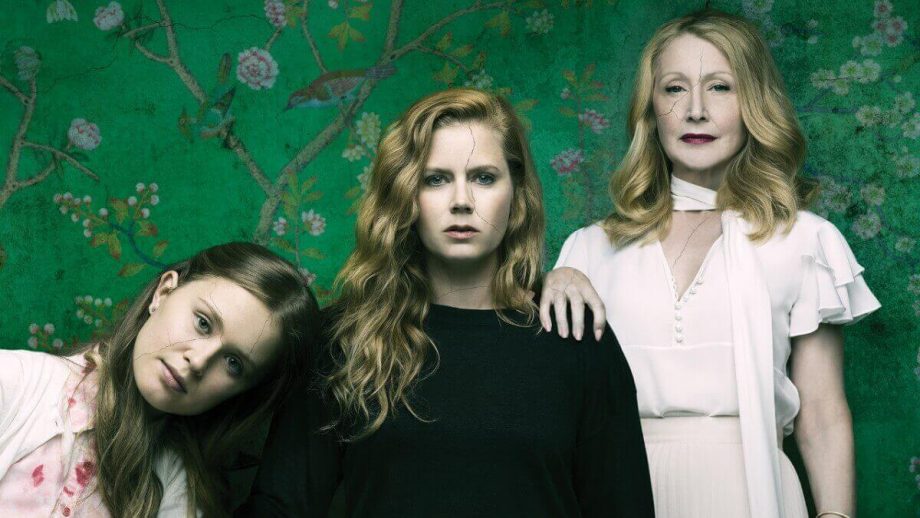Image Credit: HBO
By Caleb Scanlon | @caleb_scanlon
HBO’s golden age of TV has given us another staple.
In the eight-part miniseries, Sharp Objects, we follow Camille Preaker (Amy Adams), a journalist from St. Louis sent to report on the murders of two girls in her fictional hometown of Wind Gap, Missouri. Given it’s based-on Gillian Flynn’s 2006 novel (her third text-to-screen adaptation after 2012’s Gone Girl and 2015’s Dark Places), you won’t want to mistake this for a conventional whodunnit: the murders swiftly become secondary to the deeply-layered characters and the gloomy American South.
Based on its high-profile credentials, Sharp Objects came in with big expectations: the blend of Amy Adams, HBO and Flynn makes for an easy sell to colleagues. Pair that with the recent success of crime-dramas set in the deep south – the first instalment of True Detective; 2010’s Justified and 2013’s Rectify – and you’ve got an algorithm for a reddit-threaded classic. But, as we’ve seen with True Detective’s sophomore attempt, it takes more than a complex story and credentials to make a successful show.
So, does Sharp Objects meet the high expectations with its all-star team? No. It exceeds them.
The Southern Gothic setting has proven itself a goldmine for creatives in recent years and Sharp Objects has found its moment to cash in. Wind Gap may be just another small, Missourian town, but it’s a fittingly eerie backdrop. It’s unsettling to watch Wind Gap dress up for their annual Calhoun Day, a celebration of their confederate history. The town’s searing humidity is transpirable through the chronic sweat patches on Detective Richard Willis (Chris Messina), who’s been assigned to the case from Kansas City. It rewards its viewers for paying close attention to these seemingly minor details: Camille’s haunting hallucinations; the words that she has (literally) carved into her skin. The show teases with these titbits – short, split-second flashbacks – that unravel to help piece together the murder (and the characters) and this editing heightens your intrigue, the TV equivalent of a page-turner.
Adam’s performance is her best to date: her raw emotion is gripping, putting her on the line for a richly deserved Emmy nomination. Her portrayal of Camille, a fractured, mid-30s alcoholic, is enthralling. Camille has a troubled family history that has led to her self-harm; Adam’s painful depiction of mental-health is realistically bleak. Her performance is rivalled only by her fictional younger sister, Amma (Eliza Scanlen). She’s manipulative and sinister, but also just a popular 16-year-old who wants to connect with her sister. Scanlen found her feet in Home and Away in 2016 but is otherwise unknown; Amma is eerily enigmatic, amplified by Scanlen’s anonymity on American TV.
This strong acting is paired with clever storytelling. While the opinion that ‘the book is better than the movie’ may still ring true, the same can’t be said for the miniseries. Flynn’s book is elevated by its small-screen adaptation. The miniseries format lends itself well for literary adaptation, allowing for the same level of depth that a novel establishes by drawing the storytelling across eight episodes; there’s room to dive deeper into Flynn’s rich characters.
There’s a gut-puncher at the end that’ll completely blind side you. It’s dark and gritty, completely changing the perspective of the whole show. It warrants a rewatch just to pick up on the hidden details foreshadowing the ending: just try to keep count of how many times you let out an audible ‘no way’.


